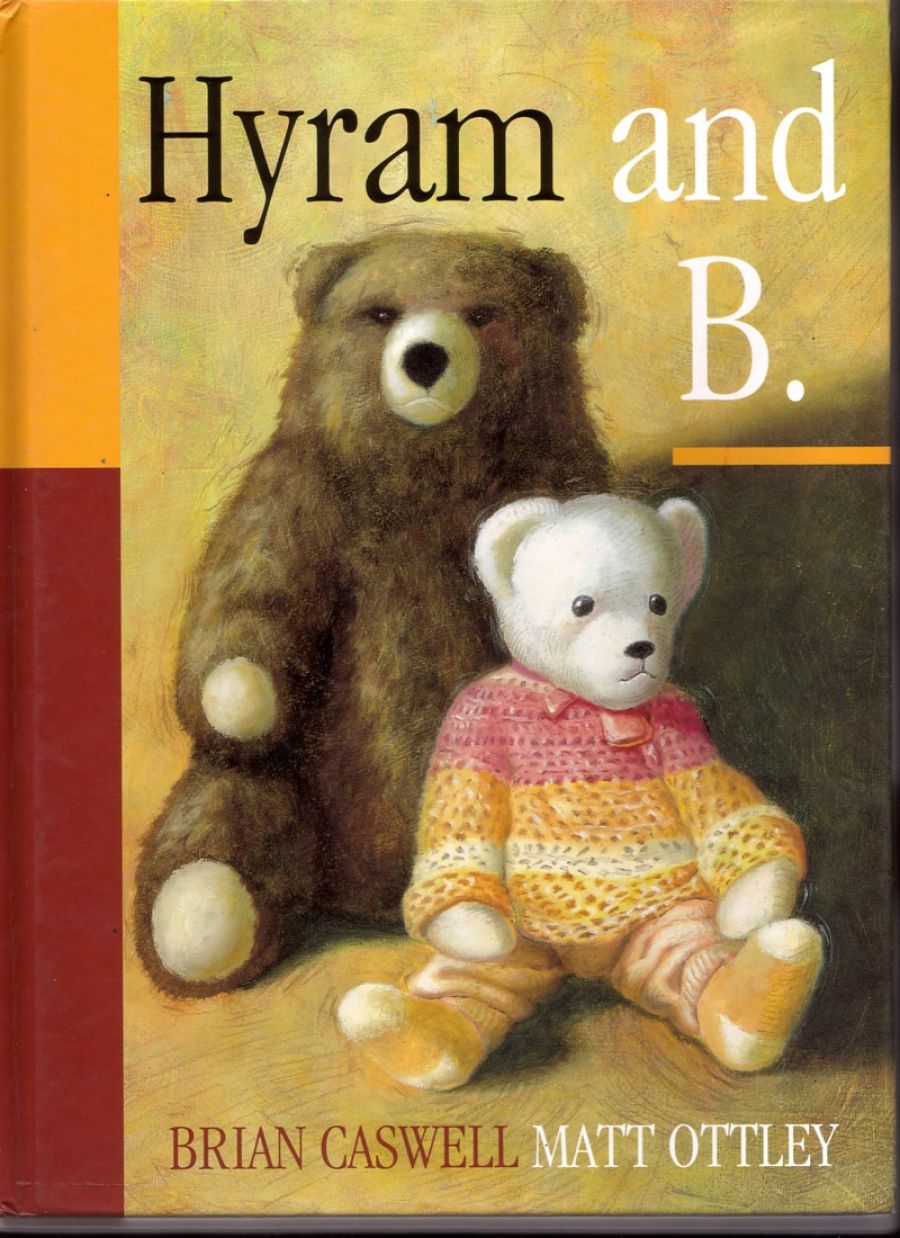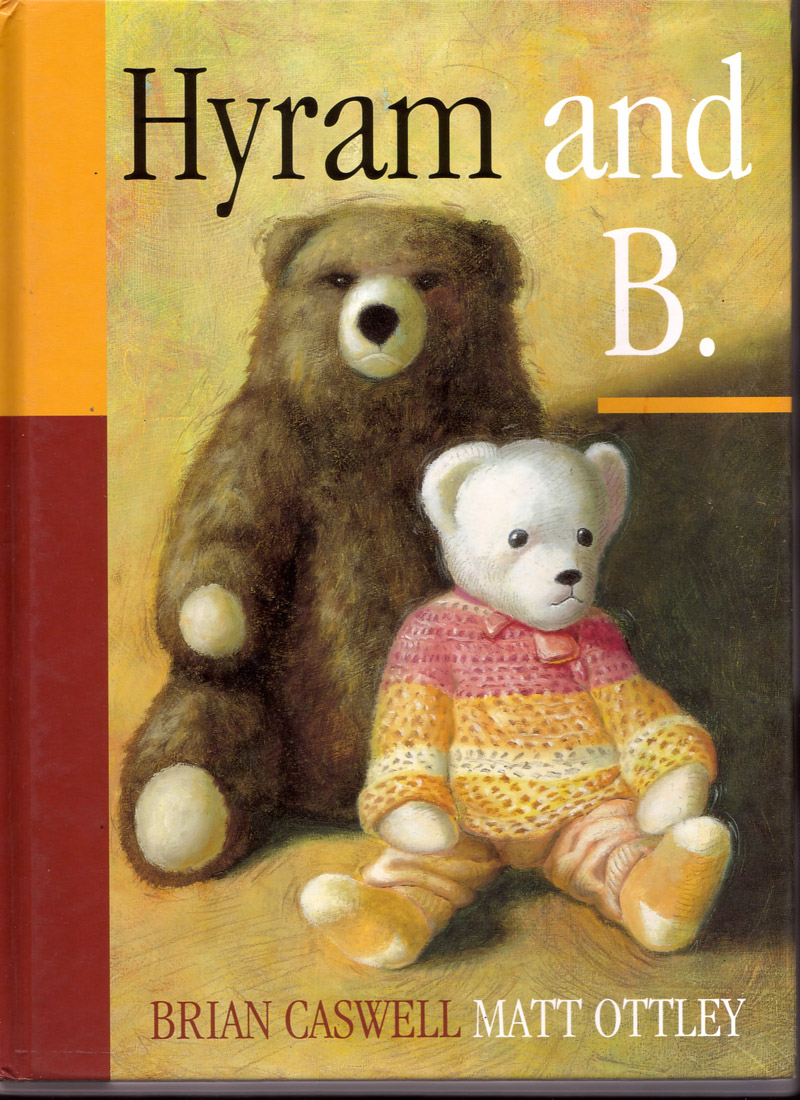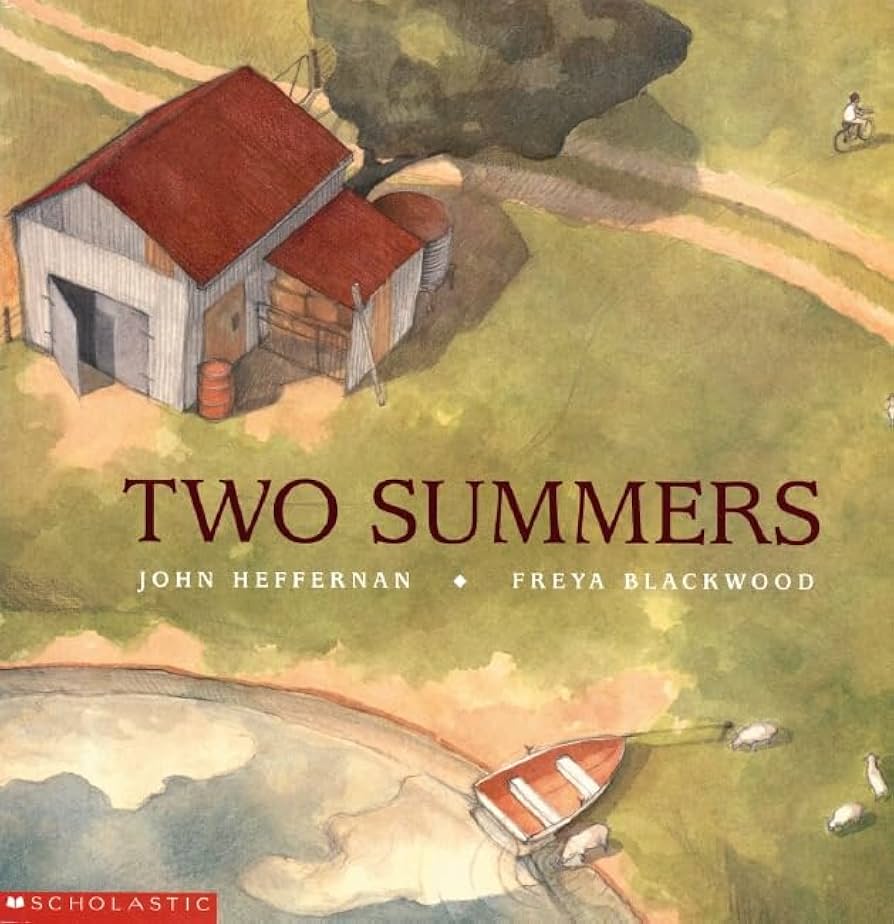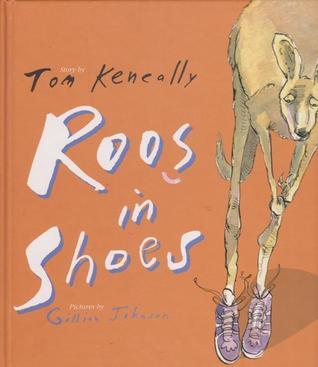
- Free Article: No
- Contents Category: Picture Books
- Custom Article Title: Sherryl Clark reviews Six Children's Picture Books
- Review Article: Yes
- Article Title: A Fine Line
- Online Only: No
- Custom Highlight Text:
Tackling a ‘worthy’ theme and making a poem or story readable and entertaining is a challenge. There is a fine line between subtlety and didacticism. My Gran’s Different manages, just barely, to stay on the right side. The narrator’s grandmother is different: she has Alzheimer’s, though this is never spelt out. Instead, there is a dual story: one part is the journey of a boy on his way to see Gran; the other is his friends’ grandmothers, who each have their own speciality – footy fan, florist, art gallery owner and so on. At last we discover why Gran is different and understand the special relationship the boy has with her. Children will inevitably ask why Gran ‘can’t remember who she is’. There is an expectation that the adult reading the book will be able to answer this question, because no information is given. Anyone intending to use this as a way to explain an elderly relative’s condition will probably find that it’s only the first step.
- Book 1 Title: Hyram and B.
- Book 1 Biblio: Hodder, $27.95hb, [32]pp
- Book 1 Cover Small (400 x 600):

- Book 1 Cover (800 x 1200):

- Book 2 Title: Two Summers
- Book 2 Biblio: Scholastic, $27.95hb, [32]pp
- Book 2 Cover Small (400 x 600):

- Book 2 Cover (800 x 1200):

- Book 3 Title: Roos in Shoes
- Book 3 Biblio: Random House, $26.95hb, [32]pp
- Book 3 Cover Small (400 x 600):

- Book 3 Cover (800 x 1200):

Salmon Forest treads the same line, along with a second dividing fiction and non-fiction. A father and daughter are walking beside a river where salmon are spawning. We learn about not only the salmon but also the river, the forest and wild animals. The life cycle of the salmon is explained, ending with some fishing, filleting and eating. There is even a recipe at the end for Tasty Brett’s Salmon with teriyaki sauce. David Suzuki is one of the authors, and his love and knowledge of the environment shines through. The watercolour illustrations are bright and lively.
In this era of celebrity children’s book authors (someone please save us from any more English Roses) we now have Roos in Shoes, by Tom Keneally. I tried hard to put aside my version to rhyming yarns and focus on the story. There are fun elements to enjoy: the Drewes and their roos, the shoes that bring television crews, and Prime Minister Adair, who wants to be fair. The Drewes are going to be forced off their farm by an electricity company, which wants to build huge towers. The roos steal all the large-sized shoes from a shop in town and make a stand. It all makes for a jolly tale to be read out loud, just like a yarn should be. I couldn’t help cringing, however, at some of the inversions and twisted rhymes.
Two Summers is not very jolly at all, but then, it’s a different kind of story. Despite seven years of drought in Australia, once the grass grows again city people will soon forget the devastation. This book is a great reminder, and stays firmly away from being didactic. Rick is coming from the city to stay on the farm again, but this summer will be different. Last year he learnt to ride the farm bike, swam in the dam, helped to muster cattle and saw calves born. With the drought, there’ll be no swimming. There are many poddies (calves and lambs) to bottle-feed, cows and sheep to hand-feed, and all the usual jobs. Colours in the illustrations are muted, moving into shades of brown towards the end. As Dad says: ‘[W]e’ll keep Rick so busy he won’t have time to notice how crook the place looks.’ We can see, though.
Hyram and B. is a bear story about friends who are separated and reunited. What could have been quite ordinary is enhanced by suggestions of other worlds and experiences, both in the text and illustrations. Is this ‘secret bear language’? There are mice and rats that chew bears, and humans both caring and uncaring. Catherine, who brings Hyram and B. back together, has experienced her own losses and found a new family to love her. The text is minimal, so I thought the two small ambiguities in the words could easily have been fixed. Nevertheless, it is a story that will generate much discussion between child and adult reader about what the pictures might mean.
The illustrations in The Violin Man, by Colin Thompson, are so beautiful that I went straight to his website to find out more about his work. There I also discovered why Max (the little dog) and Max’s Café appear like tiny emblems. Oscar plays his violin outside the theatre every night, entrancing people who are queuing to see the show. He plays for them, but also for his long-dead daughter, Marietta. She dreamt of being a ballerina while Oscar dreamt of being the greatest violinist. When Oscar at last plays for the rapturous audience inside the theatre, it’s not the same – he can no longer see Marietta. Only when he returns to the pavement is he truly playing for her again. In this poignant story, each illustration is part of the story but also has many other delights to search for, including puns for the adults (One Flute over the Cuckoo’s Nest). This is Thompson’s first picture book, drawn with a computer, graphics tablet and digital camera. It is amazing to see what is possible.


Comments powered by CComment